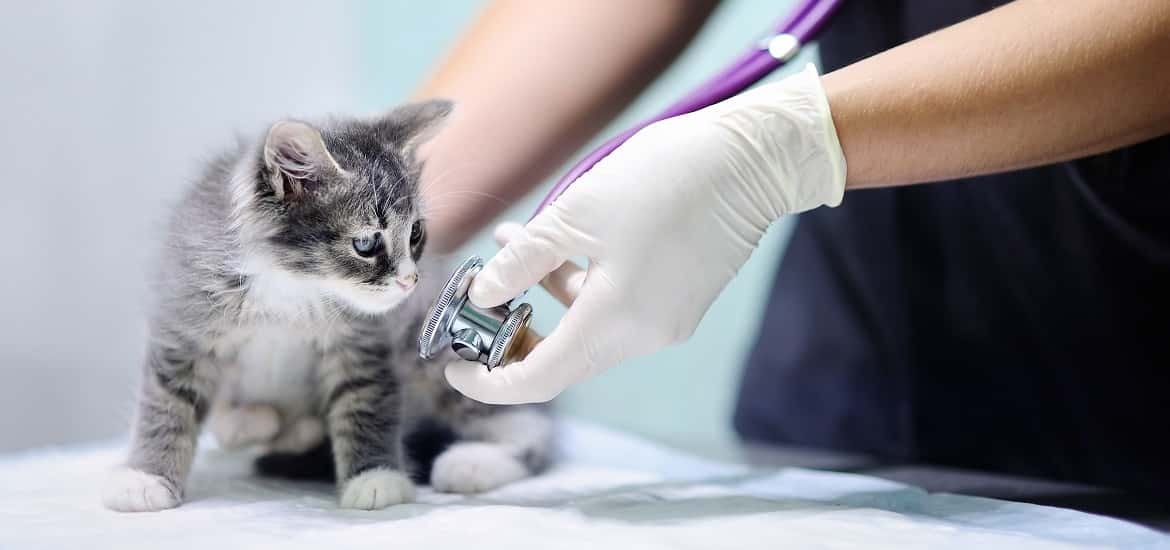List of Veterinary Equipment and Tools Essential

List of Veterinary Equipment and Tools Essential For Veterinarians: What Tools Do Veterinarians Use? If you are planning to establish your own veterinary clinic or hospital, there is a List of Veterinary Equipment, instruments, devices, supplies, and other Vet Tools for veterinarians needed. That’s why we made this Veterinary Equipment and Tools List to help all veterinary doctors provide efficient medical care to our patients.
Related Books: Veterinary Instruments and Equipment A Pocket Guide 4th Edition
Here are some of the essential veterinary equipment and tools for your vet clinic:
- Veterinary stethoscope: A stethoscope is an essential tool for listening to a pet’s heart and lungs.
- Thermometer: A thermometer is used to measure a pet’s body temperature.
- Ophthalmic and aural examinations: These instruments are used to examine a pet’s eyes and ears.
- Exam and procedure tables: Exam and procedure tables are used to examine and treat pets.
- Weighing scales: Weighing scales are used to weigh pets.
- IV pumps: IV pumps are used to administer fluids to pets.
- Warming unit: A warming unit is used to keep pets warm during procedures.
- Veterinary ultrasound: An ultrasound is used to image the inside of a pet’s body.
- Digital X-ray machines: X-ray machines are used to take images of a pet’s bones and organs.
- Anaesthetic machine: An anaesthetic machine is used to sedate or anaesthetize pets during surgery or other procedures.
- Monitoring equipment: Monitoring equipment is used to track a pet’s vital signs during surgery or other procedures.
- Microscopes: Microscopes are used to view samples of tissue or blood.
- Veterinary surgical instruments: Surgical instruments are used to perform surgery on pets.
- Emergency equipment: Emergency equipment is used to treat pets in life-threatening situations.
- Veterinary dental equipment: Dental equipment is used to clean and examine a pet’s teeth.
- CT scanners & MRI: CT scanners and MRIs are used to create detailed images of a pet’s internal organs and tissues.
- Centrifugal machine: A centrifugal machine is used to separate fluids and solids.
- Endoscopic instrument: An endoscopic instrument is a long, thin tube with a camera and light on the end, which is used to view the inside of a pet’s body.
- Autoclaves and sterilizers: Autoclaves and sterilizers are used to kill bacteria and other microorganisms on medical equipment.
- Incubators: Incubators are used to keep newborn or sick pets warm.
- Refrigerators: Refrigerators are used to store medicine and other medical supplies.
- Boarding cages: Boarding cages are used to house pets while they are staying at the veterinary clinic.
- Lighting: Good lighting is essential for examining pets and performing procedures.
- Veterinary clippers: Clippers are used to trim a pet’s hair.
- Dental burrs: Dental burrs are used to grind down a pet’s teeth.
- Suction tools: Suction tools are used to remove fluids from a pet’s mouth or wound.
- Respiratory therapy equipment: Respiratory therapy equipment is used to help pets breathe if they are having difficulty.
- Wound care supplies: Wound care supplies are used to clean and dress a pet’s wound.
- Personal protective equipment (PPE): PPE is worn by veterinarians and staff to protect themselves from exposure to bloodborne pathogens and other contaminants.
- Waste disposal containers: Waste disposal containers are used to dispose of biohazardous waste safely.
- Record keeping systems: A good record keeping system is essential for tracking a pet’s medical history and treatment plan.
- Communication systems: A good communication system is essential for keeping in touch with pet owners and other veterinary professionals.
In addition to the equipment and tools listed above, you may also need to purchase other supplies, such as food, bedding, and toys, for the pets in your care. You should also make sure to have a well-stocked first aid kit on hand in case of emergencies.
The cost of veterinary equipment and supplies can vary depending on the type and brand of equipment, as well as the size and location of your clinic. You should budget accordingly when setting up your clinic. You may also be able to find used equipment and supplies at a discounted price.
It is important to regularly inspect and maintain your veterinary equipment and supplies to ensure that they are in working order and safe to use. You should also have a plan in place for the disposal of expired or contaminated equipment and supplies.
This list is not exhaustive, and the specific equipment and tools that you need will vary depending on the size and type of your veterinary clinic. You should consult with other veterinarians and industry experts to determine the best equipment and tools for your needs.




